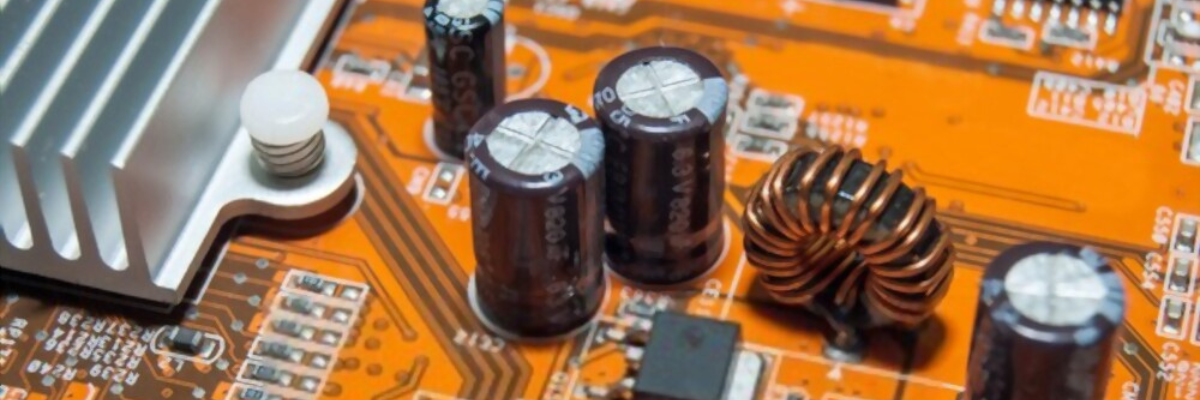

Intricately designed, multilayered printed circuit boards are hugely in demand across industries because of the advancements in electronics and its implementation in industrial systems, products, machines and equipment. TG refers to heat resistance in terms of glass transition temperature. High-TG PCBs are required in extremely high temperature applications. High-TG PCBs must have at least 25-degree Celsius higher temperature resistance than the actual operating environment temperature. Also, these boards must be capable of withstanding smoke, flame, corrosion, and so on aside from elevated temperatures. While these high-TG PCBs are already used in high-temperature industrial applications, they have evolved over the years and continually improved in terms of performance. This post discusses the developments happening in this regard.
Glass transition temperature materials may be used for the entire board or only in some portions. These materials are super soft and flexible and hence increase the flexibility of the board in those areas. This is essentially flame resistant and is certainly not vulnerable to high heat in terms of melting, deforming, changes in chemical properties, and so on. FR4 TG is a widely used material for high-TG PCBs, which is epoxy glass material with glass transition temperature ability, more than or equal to 170 degrees Celsius. Here are some peculiar features of high-TG PCB materials aside from heat resistance.
The ever increasing demand for high-power component and the need for rapid heat dissipation has driven the growth of high-TG PCBs as a business segment. This is because if you choose regular PCBs with materials that can resist heat say up to 150 degrees Celsius which is also the operating environment temperature, the boards would gradually deform with continued use. Regular PCBs do not serve the purpose of high heat generating applications, and hence the need for high-TG PCBs. Here are some developments in this regard.
If you are an OEM looking for PCBs for high-temperature environments, or make a product that has multiple digital functionalities or produces heat, you may require high-TG PCBs. Ensure you partner with a reliable PCB manufacturer and assembler that has enough experience in this segment. Twisted Traces is a custom circuit board manufacturer and assembly service provider offering high-TG PCBs for specific applications. The company offers end-end services from ideation and design, right up to installation and aftersales, and everything in between. The company uses advanced PCB manufacturing processes, materials, and fabrication techniques.
.png)
